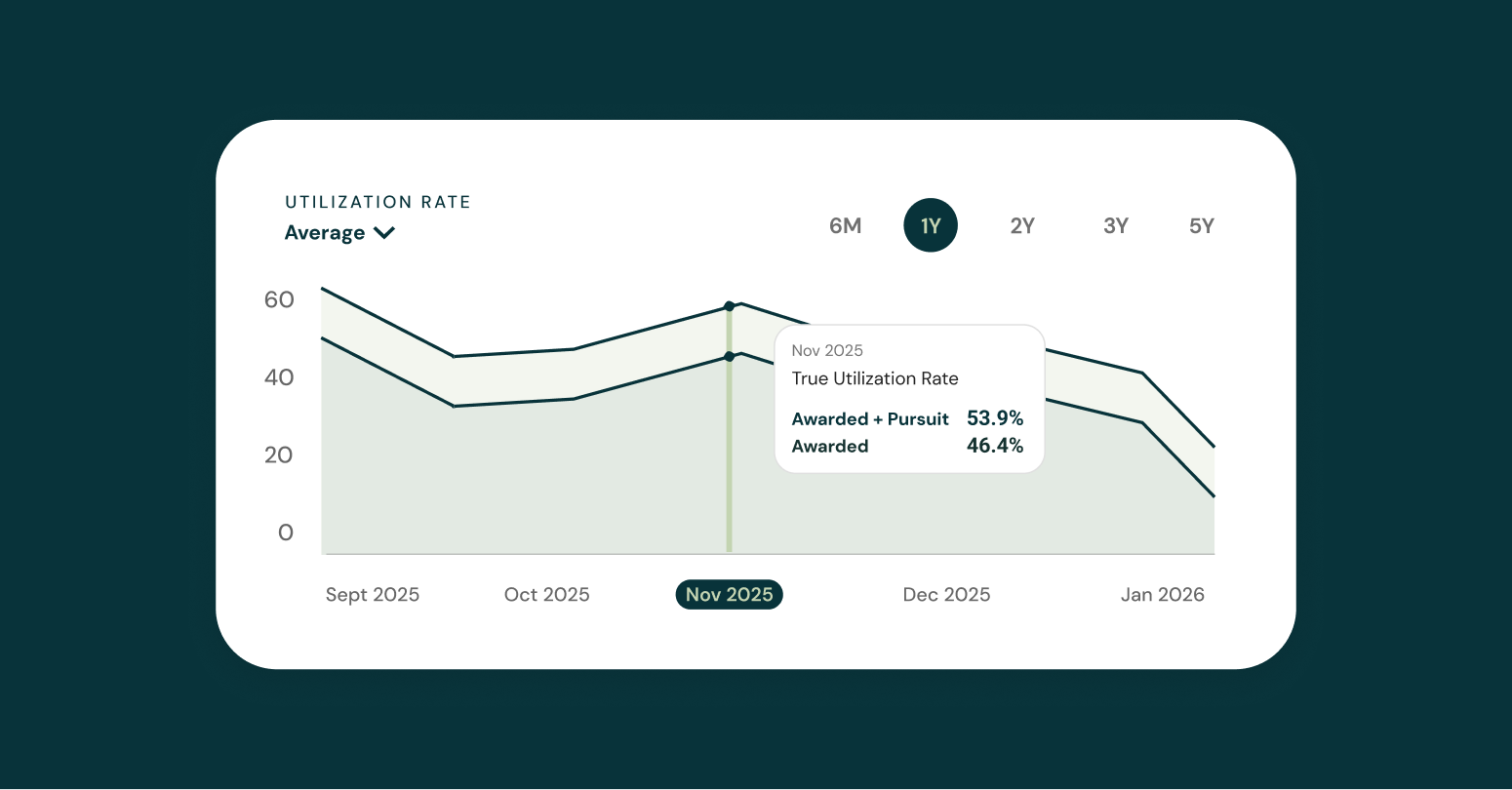-
How to manage construction teams working across multiple locations
Your Phoenix office is scrambling to staff a new $20 million healthcare project. Meanwhile, your Denver team has two senior project managers with significant healthcare experience who are wrapping up their current assignments and looking for what’s next. The $20 million project sits in limbo while Phoenix and Denver wait for their weekly sync-up meeting.…
-
Behind Bridgit AI: Cultivating a culture of AI curiosity
This post was written by Vincent Seguin, Bridgit’s VP of Engineering Launching Bridgit AI was a huge milestone for our company, and the customer feedback we’ve heard so far has been positive. It has been extremely rewarding to further equip those who rely on our software everyday with additional tools for building project teams and winning…
-
Why connecting your CRM with workforce planning is a must
You just won three major projects, but operations won’t find out until next week’s meeting. By then, HR will have to scramble to fill positions that should have been posted a month ago. Meanwhile, everyone’s entering the same project data into different systems, creating a maze of spreadsheets that nobody trusts and everybody dislikes. Sound…
-
The art and science of construction labor forecasting
You’re at an industry conference, catching up with someone you haven’t seen in years. They’ve just landed three major projects. Good news, right? Except they look exhausted. “We bid these jobs assuming we had the people,” they tell you. “Now we’re scrambling. I have no idea if we can actually deliver.” You win work, but…
-
How workforce planning keeps your best people from leaving
Picture your best superintendent. The one who knows the quirks of major clients, who can walk onto any jobsite and get things moving, and truly cares about training new team members. Now imagine them handing in their two-week notice. Construction companies lose billions annually to turnover, and most leadership teams assume it’s about money. Here’s…
-
Building balanced construction project teams with data-driven workforce planning
Walk onto any successful construction site and you’ll notice something striking about team composition: The best crews aren’t just the ones with the most experience. They deliberately mix veteran professionals with emerging talent, creating a balance that ensures both immediate project success and long-term organizational health. But this balance isn’t just an accident. Just like…
-
Behind Bridgit AI: How construction’s first workforce planning assistant was built
This post was written by Vincent Seguin, Bridgit’s VP of Engineering At Bridgit, we’ve been working incredibly hard over the past several months to achieve our first AI launch, and we couldn’t be more excited to share it with the world. It’s an important milestone for our company, but more importantly, for everyone who relies…
-
How to transform construction volatility into competitive advantage
The construction industry in North American is at a turning point. After growing 4.5% in 2024, the United States construction sector now expects a sharp slowdown with forecasted growth of only 1-2% in 2025. At the same time, Canada’s construction sector shrank by 1.8% in 2024 but shows signs of bouncing back. These different paths…
-
The hidden cost of data silos in construction workforce planning
The construction industry has a $1.8 trillion problem hiding in plain sight. According to the 2025 State of Workforce Planning report, 93% of construction leaders say labor shortages are impacting their operations, yet most are still trying to solve this crisis with disconnected spreadsheets and siloed systems that make the problem worse. When Malia Ahmed,…
-
The Bridgit you love, now even smarter
Today, Bridgit gets a lot smarter, with a round of updates built to supercharge workforce planning across your organization. Leading the charge is a more accurate way to calculate commute distance, plus richer historical-project insights—along with several under-the-hood enhancements to make your everyday tasks faster and easier. Commute Distance Starting today, Bridgit Maps pairs every…










